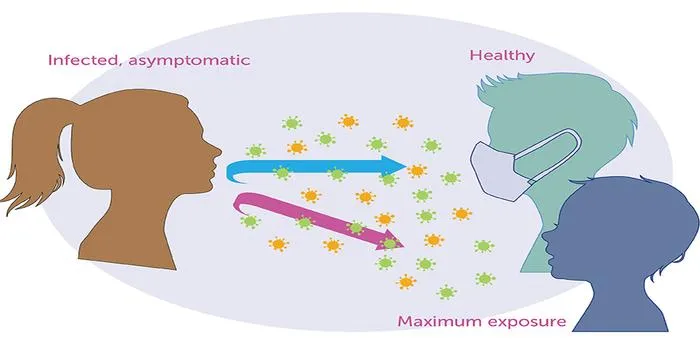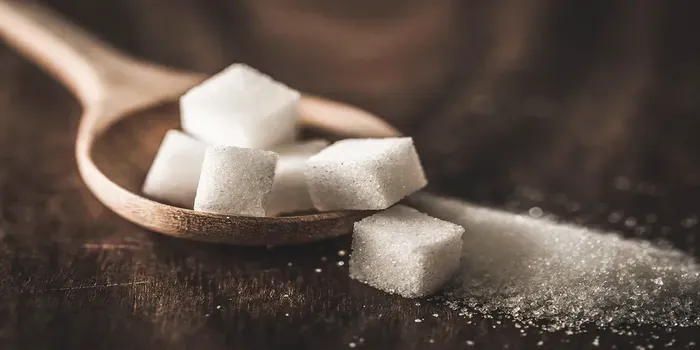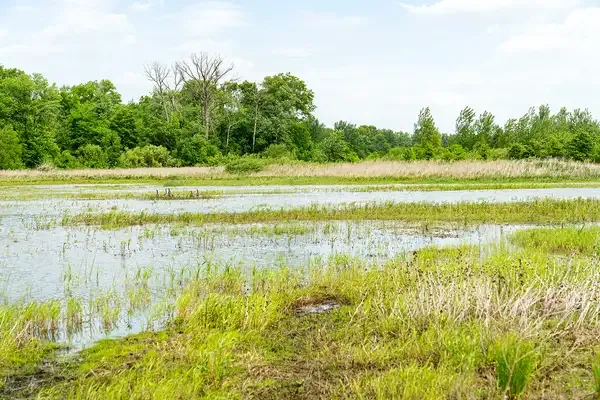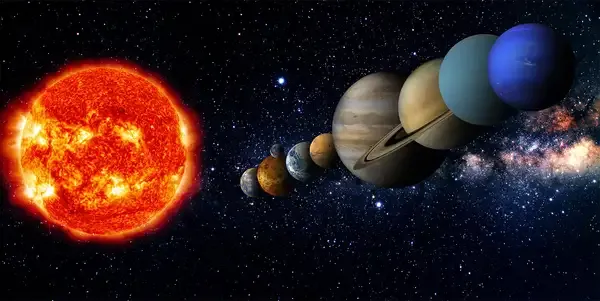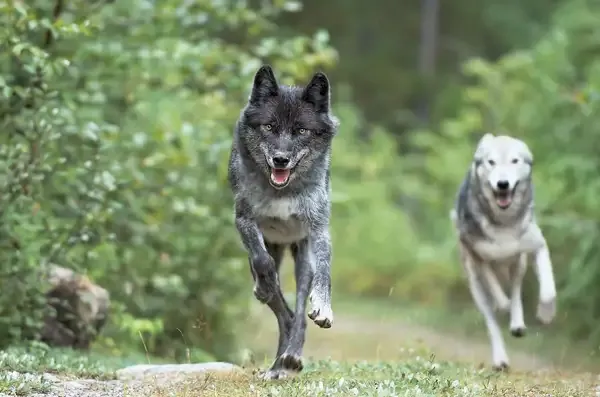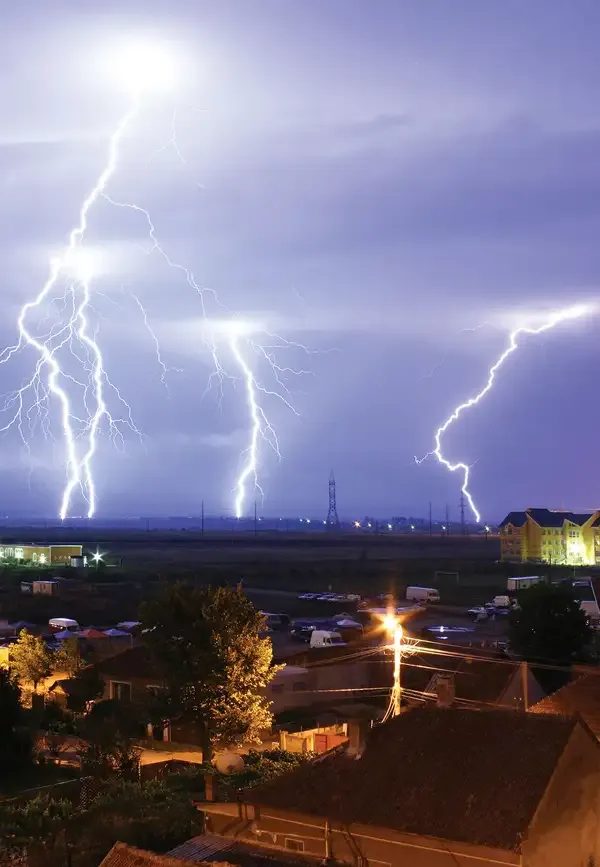- Home >
- Science
- > Technology
What Causes a Volcano to Erupt?
Volcanoes erupt due to the movement of tectonic plates and the buildup of pressure from molten rock, or magma, beneath the Earth's surface. When tectonic plates shift, they create pathways for magma to rise. As the magma accumulates, gases dissolved within it expand, increasing pressure. Once the pressure exceeds the strength of the overlying rock, the magma forces its way to the surface, resulting in an eruption. Other factors like magma composition and the presence of water can also influence eruptions.
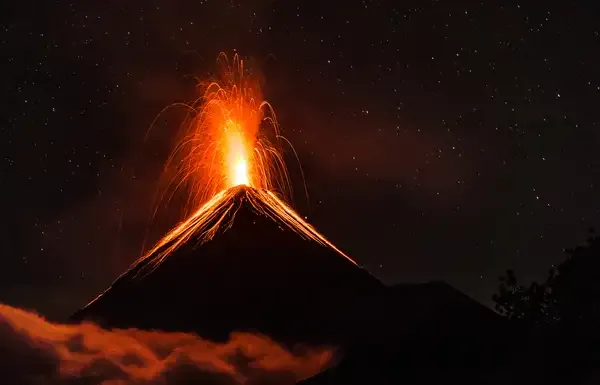
Volcanoes are fascinating geological structures that can have a significant impact on the environment and human life. Understanding what causes a volcano to erupt is crucial for assessing risks and preparing for potential disasters. In this article, we will explore the key factors that lead to volcanic eruptions and the processes involved in these dramatic events.
1. Magma Formation
The primary cause of a volcanic eruption is the formation of ''magma'', a molten rock that originates deep within the Earth. Magma is formed when solid rocks in the Earth’s mantle melt due to increased temperature and pressure. There are several ways this can happen:
| Process | Description |
|---|---|
| Decompression Melting | Occurs when mantle rocks rise to lower pressure environments, leading to melting. |
| Flux Melting | Happens when water or other volatiles lower the melting point of rocks. |
| Heat Transfer | Magma can form when heat from molten rock raises the temperature of surrounding solid rock. |
2. Pressure Buildup
As ''magma'' forms, it begins to rise through cracks in the Earth’s crust. As it ascends, it collects in magma chambers, where it can accumulate. Over time, pressure builds up within these chambers due to the influx of more magma, as well as the gases dissolved in the magma. This pressure can reach a critical point, leading to an eruption.
3. Gas Content in Magma
The dissolved gases in ''magma'', primarily water vapor, carbon dioxide, sulfur dioxide, and others, play a crucial role in volcanic eruptions. As ''magma'' rises, the decrease in pressure allows these gases to expand, which can increase the pressure within the magma chamber significantly. When the pressure exceeds the strength of the surrounding rock, it can result in an explosive eruption.
| Gas | Impact on Eruption |
|---|---|
| Water Vapor | Creates explosive eruptions as it expands rapidly. |
| Carbon Dioxide | Increases pressure and can contribute to explosive activity. |
| Sulfur Dioxide | Can lead to acid rain and climate effects post-eruption. |
4. Types of Eruptions
Volcanic eruptions vary greatly in their characteristics and can be classified into several types based on their eruptive style:
| Type of Eruption | Description |
|---|---|
| Effusive Eruption | Magma flows out gently, creating lava flows. |
| Explosive Eruption | Characterized by violent explosions that eject ash and pyroclastic materials. |
| Phreatomagmatic Eruption | Occurs when water interacts with magma, leading to violent steam explosions. |
5. Geological Factors
The geological setting of a volcano significantly influences its eruptive behavior. ''Tectonic plate boundaries'' are critical in determining the likelihood of eruptions:
| Plate Boundary Type | Eruption Characteristics |
|---|---|
| Divergent Boundaries | Magma rises as plates pull apart, often leading to effusive eruptions. |
| Convergent Boundaries | One plate subducts beneath another, leading to explosive eruptions. |
| Intraplate Volcanism | Occurs away from plate boundaries, often resulting in hotspot activity. |
6. Human Influence
While natural processes are the primary drivers of volcanic eruptions, human activities can also have an impact. For example, mining and drilling can alter the stress distribution in the Earth’s crust, potentially triggering eruptions. Additionally, climate change can affect volcanic activity by altering the pressure and temperature conditions within the Earth.
Conclusion
In summary, a combination of factors leads to volcanic eruptions, including the formation of ''magma'', pressure buildup, gas content, geological settings, and even human influences. Understanding these processes is vital for monitoring volcanic activity and assessing the risks associated with eruptions. By studying volcanoes, scientists can improve safety measures and enhance preparedness for communities living near these powerful natural phenomena.

